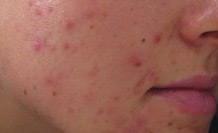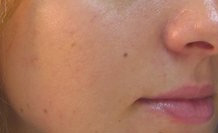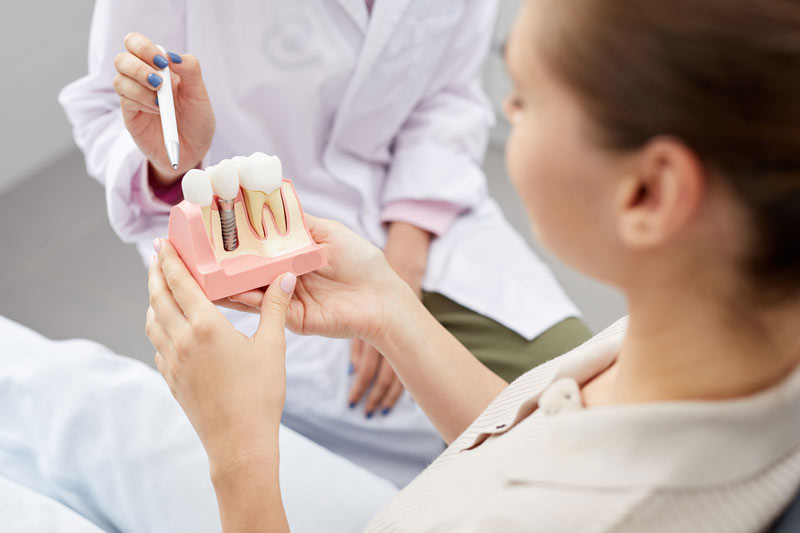Sun exposure, acne or just getting older can leave your skin tone uneven, wrinkled, spotted or scarred. If you want your skin to look smoother and younger, consider a chemical peel, which uses a chemical solution to smooth the texture of your skin by removing the damaged outer layers.
A chemical peel, also called chemexfoliation or derma peeling, is one of the least invasive ways to improve the appearance of your skin. Although chemical peels are used mostly on the face, they can also be used to improve the skin on your neck and hands.
You can improve:
• Acne or acne scars
• Age and liver spots
• Fine lines and wrinkles
• Freckles
• Irregular skin pigmentation
• Rough skin and scaly patches
• Scars
• Sun-damaged skin
How does a chemical peel work?
Chemical solutions are carefully applied to your skin to improve the texture by removing damaged outer layers. The chemicals used are phenol, trichloroacetic acid and alphahydroxy acids. Each one has a different purpose. The formula used by your doctor will be adjusted to meet your particular needs.
Here's how it works:
- Your face will be cleansed
- The chemical solution is brushed onto your skin and left for up to 10 minutes. You may feel some mild stinging
- The chemical peel is then washed off and neutralized
Return once a month to maintain your vibrant new look.
Medium chemical peel
Your skin will be noticeably smoother and fresher-looking
Acne scars, deeper wrinkles and uneven skin color can all be treated with a medium chemical peel. The chemicals used for this type of peel will remove skin cells from both the outer layer of skin (epidermis) and upper part of your middle layer of skin (dermis). Your healthcare provider will use trichloroacetic acid, sometimes used in combination with glycolic acid.
Here's how it works:
- Your face will be cleansed
- The chemical solution is brushed onto your skin and left for just a few minutes. You may feel some burning or stinging
- The treated area may turn a whitish grey color
- The chemicals are neutralized with cool saline compresses
- Your skin may turn red or brown in the days just after the peel. It may take up to six weeks for your skin to look normal
You may repeat a medium chemical peel every 6 to 12 months to maintain your glowing new skin.
Results are dramatic, but recovery takes the longest
If you have deeper facial wrinkles, skin that's damaged by the sun, scars, areas that appear blotchy or even pre-cancerous growths, deep facial chemical peels might be the right choice for you. Your physician will use the strongest chemical called phenol to penetrate down to the lower dermal layer of your skin. For this type of peel, you may need a local anesthetic and a sedative to manage any discomfort.
Here's How it Works:
A deep chemical peel usually involves some sort of pretreatment for up to 8 weeks. This will prepare your skin for the peel and speed the healing process. Pretreatment may include use of Retin A - a prescription medication that's derived from vitamin A. This works to thin out the skin's surface layer, allowing the chemical solution to penetrate more evenly and deeply. If you can't tolerate Retin A as a pre-treatment, your doctor may prescribe another medication.
- You will be given a sedative to relax along with a local anasthetic to freeze your face
- Your face will be cleansed
- Phenol is brushed onto the area and can remain from 30 minutes, up to two hours. The chemical is neutralized with water
- After allowing your skin to rest for an hour, a thick coat of petroleum jelly is smoothed over your skin, covering the crust which develops. The petroleum jelly must stay in place for up to two days. Sometimes your healthcare provider will opt to cover your skin with strips of adhesive tape with openings for your eyes and mouth, rather than the layer of petroleum jelly. Your doctor will choose this approach if you have severe wrinkling.
Managing your discomfort: Deep chemical facial peels will result in peeling, redness and discomfort for several days. Your doctor will provide painkillers to keep you comfortable. Although the swelling is likely to disappear in about two weeks, your skin may be red for up to three months.
One treatment with a deep chemical peel will produce long-lasting and dramatic results which can last up to 10 years.






